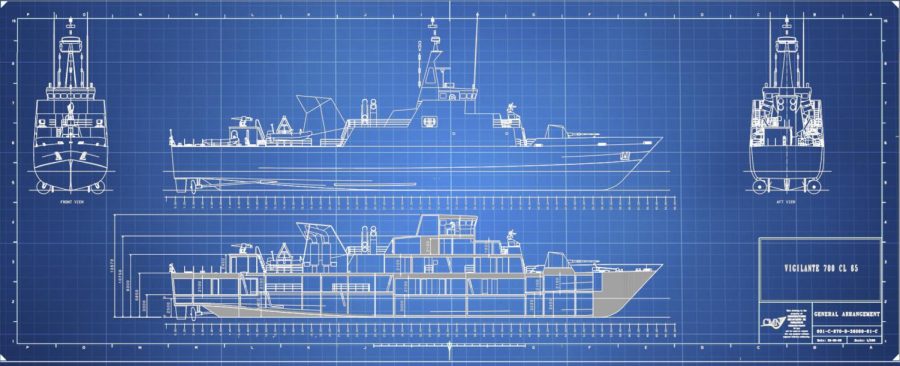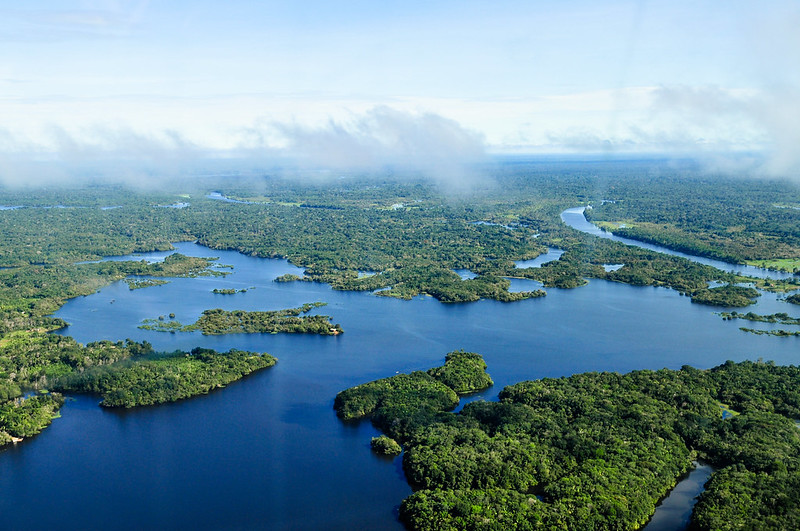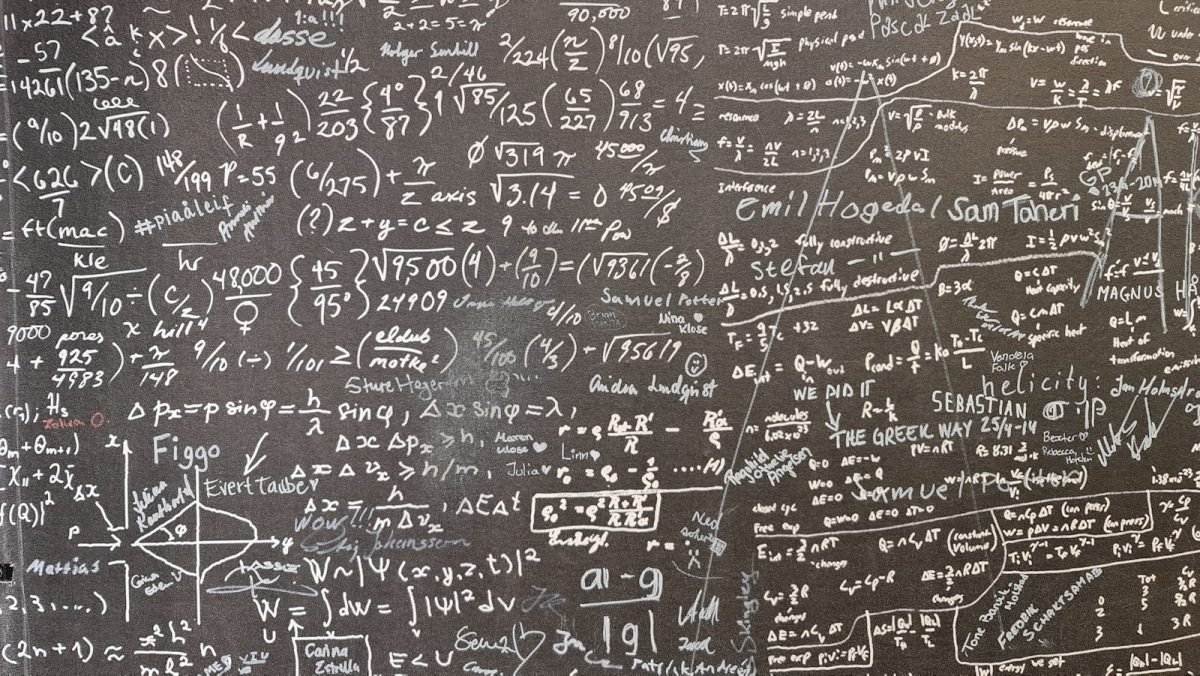Cyanotypes are one of the earliest types of photography. For a cyanotype, you use the sun to take a photo. In a dark room, you use a machine that emits light that goes through a negative onto paper that has been treated with a silver emulsion bath. Then that paper goes into a bath full of chemicals and the photo comes out. Our machine in a cyanotype is the sun and the negatives are a random mix of objects. The printing paper is soaked in iron emulsion instead of silver emulsion so we can use water to finish it.
Some of the steps to make a solar print are:
1. Collect a lot of leaves and flowers. Always make sure that you are allowed to take the plants before you take them.
2. Arrange the plants on the paper how you want. Gently flatten the plants so they all touch the page. Carefully stick your plants to the paper. The flatter you make the plants, the better your prints will be. Make sure to use cyanotype paper.
3. Use tape to stick the plants on the paper.
4. Tape the paper to a window, with the plants facing the sun. If you don’t have a window that faces all of the Sun, you could put your paper outside, weighed down with stones and the plants facing up.
5. Leave the paper in the Sun for a few hours. It may take a couple of days if it’s cloudy or your window doesn’t have all the sun.
6. When ready, carefully remove the tape and plants to reveal the Sun prints.
Cyanotypes may just seem like a fun science project but they actually had many real-life uses before advances in printing and photography. Cyanotypes were used to make blueprints so that the blueprints could be copied multiple times in the sun. Cyanotypes were also used to take many pictures. They were invented by John Herschel in 1842 but were later replaced by autochromes in 1907.
RELATED STORIES
https://theartling.com/en/artzine/what-are-cyanotypes-brilliant-blue-print/
https://www.blueridgebotanic.com/blog/whatisacyanotpe
TAKE ACTION
https://www.gathered.how/arts-crafts/guide-to-cyanotype-printing






